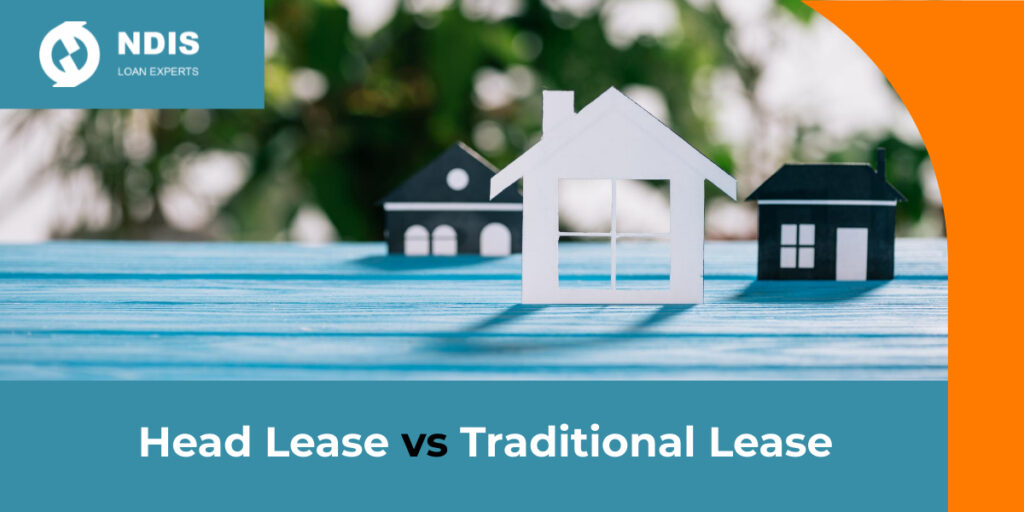When considering purchasing an NDIS investment property, you need to think about how you’re going to find and manage tenants (SDA participants). There are two options when leasing your NDIS rental properties: a head lease or a traditional lease. We explain the variation between these very different types of leases.
Traditional lease
A little more risk, a little more reward
A traditional lease is what you probably know of as renting a home directly to a tenant. It’s basically the same with SDA investment properties, with a slight difference. Instead of engaging a conventional property manager, you would engage an SDA provider to source and manage the tenants.
The SDA provider would charge their standard fee of approximately 10 to 15% (similar to how a regular property manager would), and you would receive the rest of the rental income. Under a traditional lease, you are liable for ongoing costs such as council rates, insurance and maintenance.
Just as you don’t need to use a property manager with a regular rental, you can lease the home directly to an NDIS participant. However, to avoid using a third-party SDA provider, you would need to be registered as an SDA provider. To receive the SDA payments from the government, you cannot simply act as a landlord without being a registered provider. This is the main difference between directly leasing an SDA dwelling to a tenant and directly leasing a conventional home to a tenant.
Becoming an SDA provider
By becoming an SDA provider, you can save 10 to 15% of the rental income by avoiding having to pay a third party. However, there is a lot of responsibility involved.
As an SDA provider, you will be responsible for:
- Enrolling the dwelling as an SDA property.
- Selecting tenants and managing vacancies.
- Monitoring SDA policies to ensure the home remains compliant.
Acting as an SDA provider can be time-consuming, but it means you don’t need to pay someone to manage the property on your behalf. So it may be well worth it if you’re up to the job.
Head Lease
No risk but a little less upside
Head leasing is where an investment property is rented from the owner by a legal entity, such as a community housing provider or a government agency. This entity then leases the property to a tenant — usually someone who is facing hardship. In the case of SDA dwellings, this is the SDA participant.
When you head lease a property, you’re essentially allowing someone to manage all of the responsibilities on your behalf. You don’t need to find an SDA provider, but the head lessee — i.e. the company or person leasing the property from you — will need to be registered as an SDA or SIL provider. They will take over the responsibility of selecting tenants, managing vacancies and ensuring the house remains compliant. You’ll simply receive your rental income after they’ve taken a cut.
This agreement is much more like a commercial property; they would offer a fixed, net guaranteed income or approximately 8% over an extended period of time and then sublease the property to NDIS participants. If they have low occupancy, they will be out of pocket, but if they have high occupancy, they will be making money above what they are paying you.
A head lease can remove a lot of the uncertainty around finding tenants and managing vacancies. Your return might be lower than a traditional lease, but you will have a fixed income with no uncertainty.
Traditional lease vs head lease
When deciding if a traditional lease or head lease is right for you, you’ll need to weigh up how much risk you’re willing to take on, and how much time you’ve got to commit. If you’re time-poor and risk-averse, a head lease might be right for you. Conversely, if you’ve got the skills and time to manage your property yourself, it could prove quite rewarding. However, it comes with slightly more risk and slightly more stress.
If you’d like to learn more about investing in NDIS property, please contact us today.


